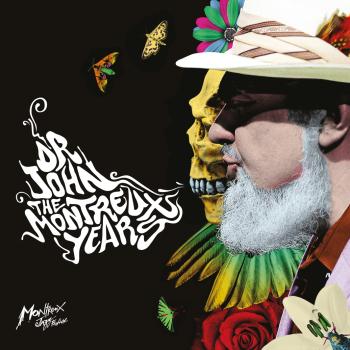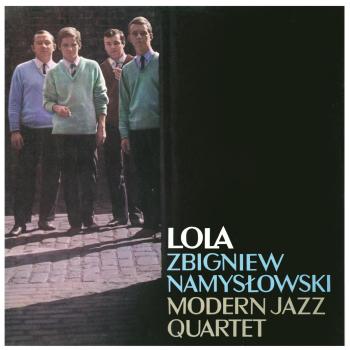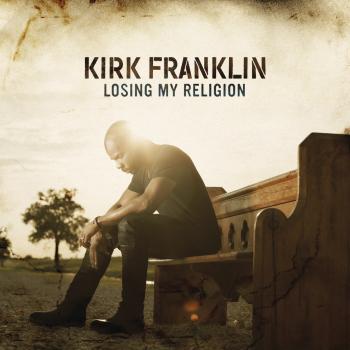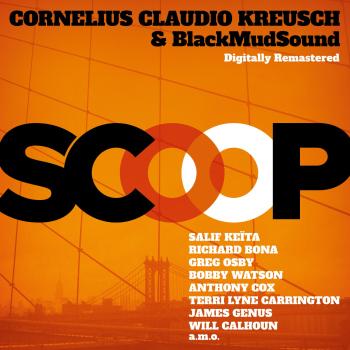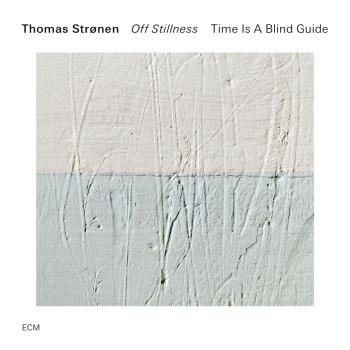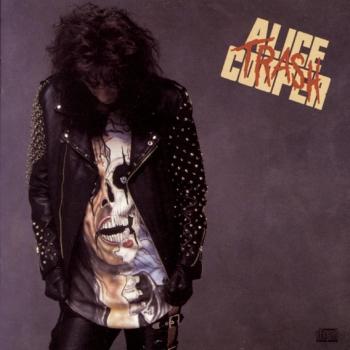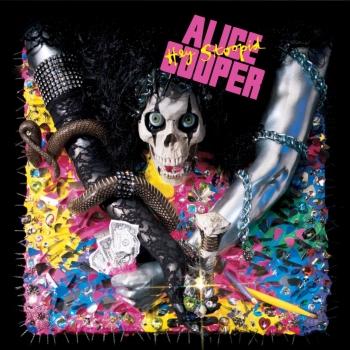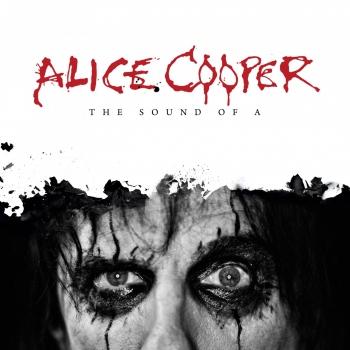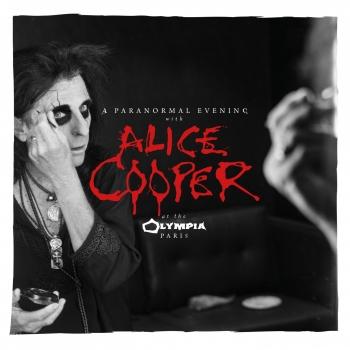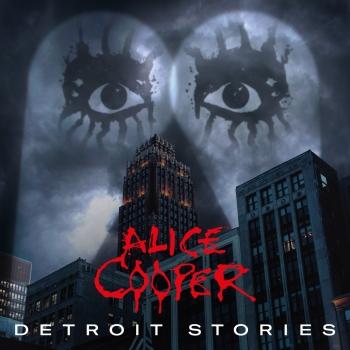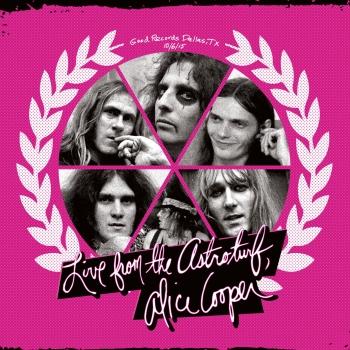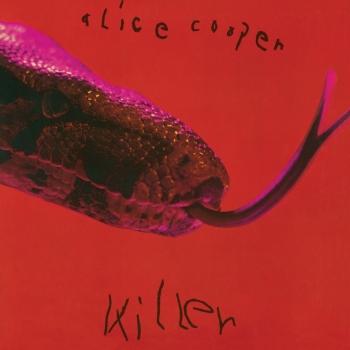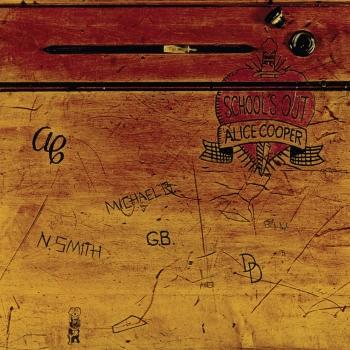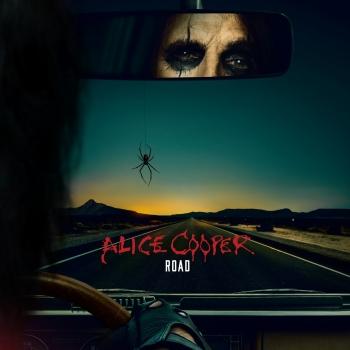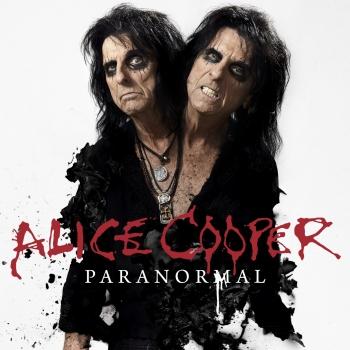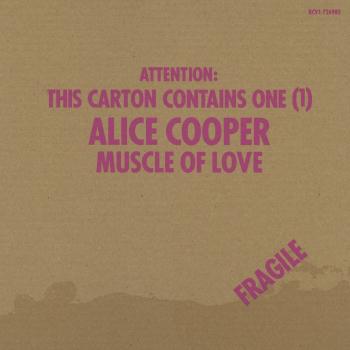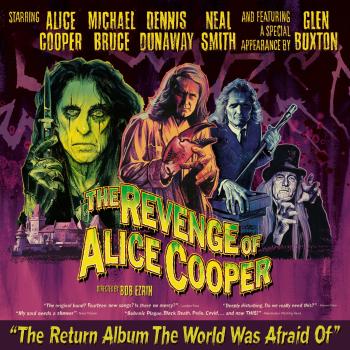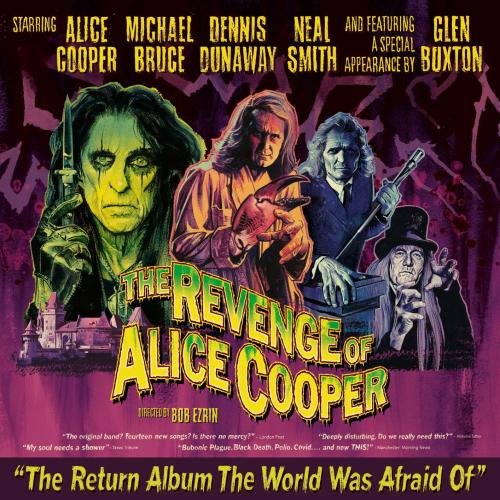
The Revenge of Alice Cooper Alice Cooper
Album info
Album-Release:
2025
HRA-Release:
25.07.2025
Album including Album cover
- 1 Black Mamba 04:57
- 2 Wild Ones 04:17
- 3 Up All Night 03:07
- 4 Kill the Flies 04:12
- 5 One Night Stand 03:05
- 6 Blood on the Sun 06:03
- 7 Crap That Gets in the Way of Your Dreams 03:00
- 8 Famous Face 04:19
- 9 Money Screams 03:44
- 10 What a Syd 02:42
- 11 Inter Galactic Vagabond Blues 03:10
- 12 What Happened to You 04:00
- 13 I Ain't Done Wrong 03:42
- 14 See You on the Other Side 03:57
Info for The Revenge of Alice Cooper
The Revenge of Alice Cooper is an exciting journey into vintage horror and classic shock rock of the 70s and captures exactly the sound, energy and rebellious essence that made the original cast of Alice Cooper legends.
A particularly moving moment of the album is the posthumous appearance of Glen Buxton, the band's original guitarist who passed away in 1997. On the song What Happened To You, a previously unreleased guitar part of Glen is heard - a very good connection of past and present.
The Revenge of Alice Cooper’ is a high-voltage journey into vintage horror and classic ’70s shock rock, capturing the sound, energy, and mischief that made the original Alice Cooper band legendary. In a truly special moment, the album features a posthumous appearance by Glen Buxton, the band’s original guitarist who passed away in 1997, through an unreleased recording that seamlessly blends the past with the present on ‘What Happened To You,’ featuring his original guitar part.
If that wasn’t cool enough, one of the bonus tracks (box set & limited smart format) also includes a long-lost gem from 1970 – a raw, alternate take of ‘Return of The Spiders’ (not the version heard on Easy Action)—recently unearthed from original multi-tracks missing for 50 years and now enhanced and mixed by Bob Ezrin.
Alice, Neal, Michael, and Dennis have reunited with their producer Bob Ezrin in a old-school recording studio in Connecticut, rekindling the magic from the 70s.
This album is a celebration of friendship, nostalgia, and the timeless sound that solidified Alice Cooper as a rock icon. Fans can expect a powerful and nostalgic experience that bridges the gap between the band’s storied past and their vibrant present.
From the venomous bite of ‘Black Mamba’ to the rebellious charge of ‘Wild Ones,’ and the soft, haunting melodies of ‘See You on the Other Side,’ every track feels like a rock ‘n’ roll classic.
Alice Cooper, vocals, harmonica
Glen Buxton, lead guitar
Michael Bruce, rhythm guitar, backing vocals
Dennis Dunaway, bass, backing vocals
Neal Smith, drums, backing vocals
Gyasi Heus, lead guitar
Rick Tedesco, lead guitar
Robbie Krieger, lead guitar
Alice Cooper (vocals; born February 4, 1948), Glen Buxton (guitar; born November 10, 1947, died October 18, 1997), Michael Bruce (guitar, keyboards; born March 16, 1948), Dennis Dunaway (bass; born December 9, 1948), Neal Smith (drums; born September 23, 1947).
Before the world heard of KISS, the New York Dolls, Marilyn Manson or Ozzy Osbourne, there was Alice Cooper, the original shock-rock band. With their penchant for ghoulish stage shows and a gender-bending wardrobe, this five-man group brought the element of theater to the world of rock. That alone would securely cement their stature as innovators. Yet they backed up their penchant for outrage with rock-solid music. Beyond the visuals Alice Cooper was a musical powerhouse, incorporating melodic hooks and complex progressive-rock passages into a foundation of catchy, riff-driven hard rock delivered in Cooper’s menacing, take-no-prisoners voice. Many of their songs – including “I’m Eighteen,” “Under My Wheels,” “Be My Lover” and “School’s Out” – remain anthems of the classic-rock era.
During their Seventies heyday it was impossible to be indifferent about Alice Cooper. They were one of the first acts of the modern-rock era that forced people to sit up and take notice, engendering curiosity and controversy in equal measure. The controversy began with the group’s very name. Alice Cooper was the both a band name and stage handle of its lead singer (born Vincent Furnier), suggesting a flamboyant sexual dualism that America was not yet ready to accept. Reportedly, the name surfaced during a session with the Ouija board.
Onstage, Alice Cooper brought a new level of visual theatrics to arenas with their gory array of props, which included a guillotine, electric chair, boa constrictor and fake blood. Their musical set pieces included Cooper’s beheading and electrocution. Their bleakly humorous explorations of the dark side were a far cry from the Woodstock ideals of peace and love. “We were the group that drove a stake through the heart of the love generation,” noted Cooper. The group was even deemed objectionable behind the Iron Curtain. According to Pravda, the Russian state newspaper, “Alice Cooper’s singing makes the blood run cold.”
They even jump-started the punk-rock movement that took root in Britain, inspiring the likes of Johnny Rotten (a.k.a., John Lydon). “I’ve referred to the Sex Pistols as ‘musical vaudeville’ and ‘evil burlesque,’ and for me there was definitively Alice Cooper influence there,” Lydon reflected.
Alice Cooper was banned, censured and lambasted by the establishment, all of which further fueled ticket sales to their concert spectacles. Their 1973 tour broke box-office records previously held by the Rolling Stones, and raised the bar for touring rock bands. After Alice Cooper, fans came to expect more from the concert experience. They wanted to see a show.
The roots of Alice Cooper extend back to Cortez High School in Phoenix, Arizona, where the core members came together as music aficionados with a shared yen for the macabre and surreal. They weren’t necessarily alienated misfits, as three members of the Earwigs – the first group in the Alice Cooper lineage – were high-school track stars who ranked among the fastest milers in the state. Dunaway, original drummer John Speer and Alice Cooper himself (known as Vince Furnier to his friends) could run a 4:30 mile, according to Cooper. Renaming themselves the Spiders, they scored a regional hit with “Don’t Blow Your Mind.” They changed names again to the Nazz and moved to Hollywood in 1968 with the idea of making it nationally. The final name change to Alice Cooper came when they learned there already was a Nazz – the Todd Rundgren-led group from Philadelphia – in existence.
The Alice Cooper band comprised vocalist Cooper, lead guitarist Glen Buxton, rhythm guitarist Michael Bruce, bassist Dennis Dunaway and drummer Neal Smith. Frank Zappa signed them to his Straight label. Zappa was attracted to the way the group flouted conventions, both socio-sexual and musical. Alice Cooper’s first two albums, Pretties for You (1969) and Easy Action (1970), were strange even by Sixties psychedelic standards, but hold up today as monuments to the group’s undaunted pursuit of the bizarre.
However, Alice Cooper himself regards those records more as products of the group’s Nazz era and considers Love It to Death the first real Alice Cooper album. This release marked the group’s debut on Warner Bros. and the first of four with producer Bob Ezrin. (He would also go on to produce Alice Cooper as a solo artist.) With his cinematic and colorful production style, Ezrin came to be regarded by Alice Cooper as their George Martin (the Beatles’ producer). He taught them to focus, edit and tighten their more sprawling conceptual numbers. Released in 1971, Love It to Death was a tour de force of misfit fantasies and adolescent angst whose key number, “Eighteen,” gave Alice Cooper its first hit and an indelible classic about the anxieties of late adolescence. (Source: www.rockhall.com)
This album contains no booklet.

